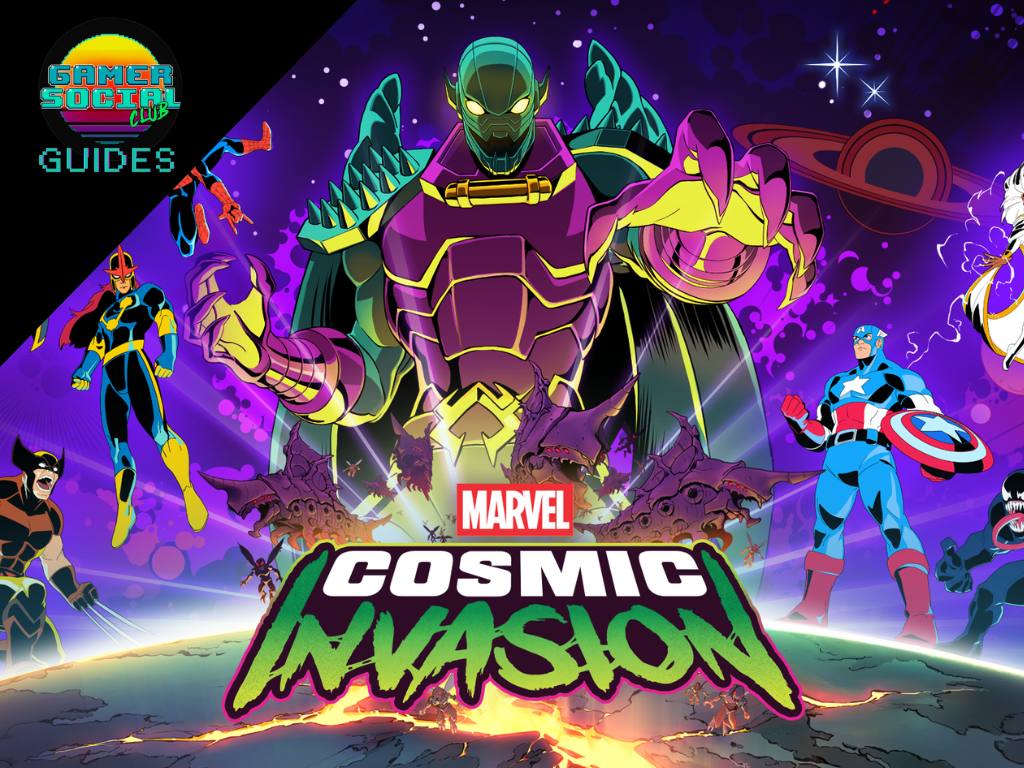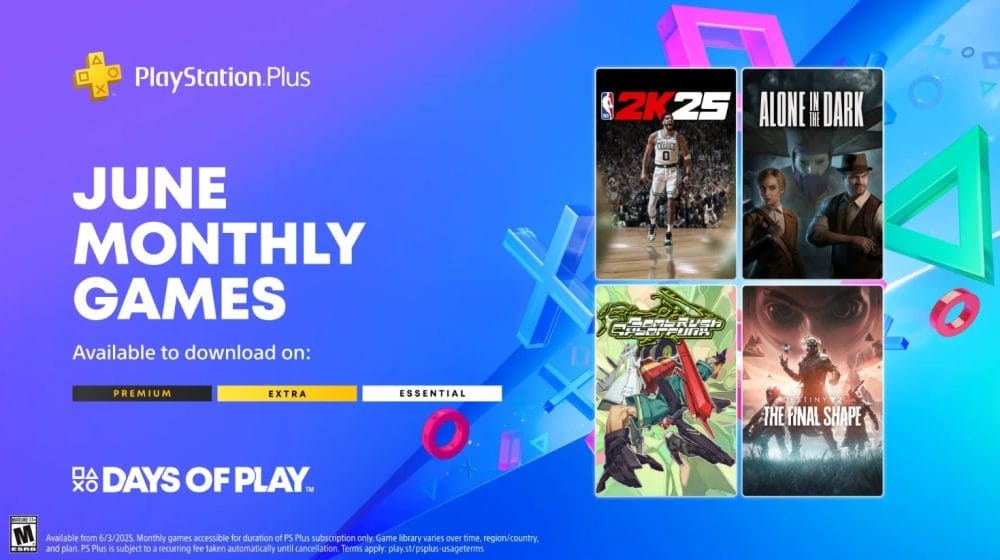Kojima’s magnum opus stands as one of the best and most well made experiences of the PS5 generation.
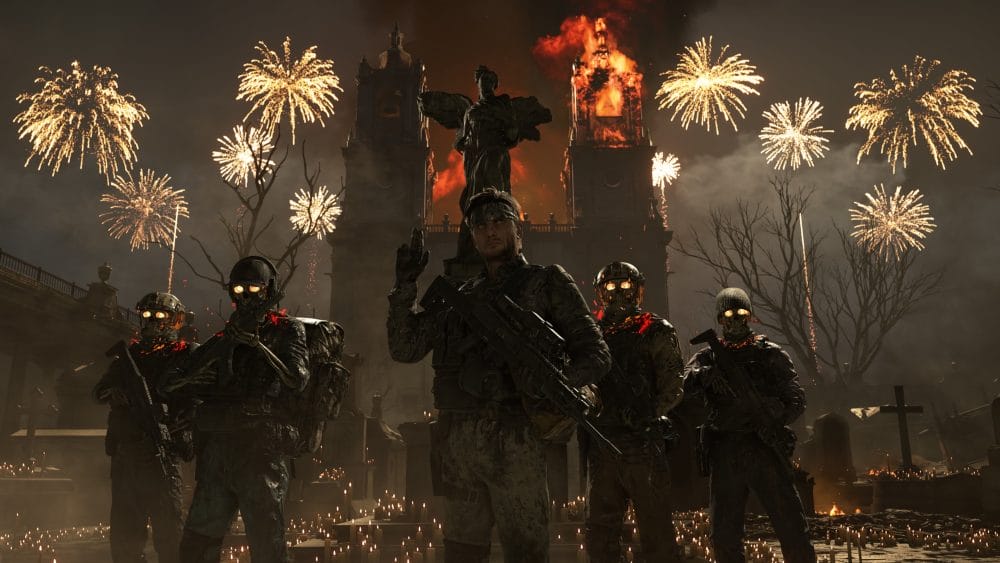
Intro: Unfamiliar Waters
I’ll be the first to admit it that Death Stranding never looked like my type of game. All the memes around it tied with the fact that it came out during a period in my life where I was too busy trying to graduate from college and you have the perfect storm for a game that was put into the backlog with a dozen others. To add fuel to the fire, it has been sitting in my PS Plus library for at least a year waiting for me to jump in when I had time to play it and experience it for all it’s worth. Though that opportunity never came, and looking forward I think it’ll happen, I still found myself entranced by the hype surrounding the second entry in the series releasing this year. It looked like a game I would enjoy and I have to admit after almost 40 hours; it is exactly what I was looking for in an open world adventure. Welcome to my review of Death Stranding 2.
Story: An Expertly Crafted Journey of Loss and Love
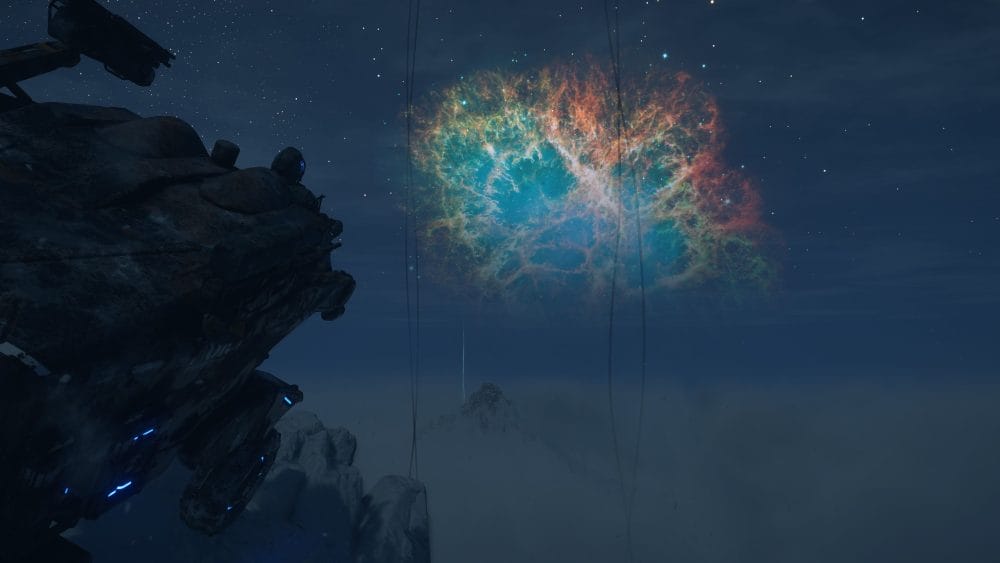
The story in Death Stranding 2 is a deeply emotional ride very much in line with the tone of the first game. You step back into the shoes of Sam, voiced once again by my favorite zombie killing biker Norman Reedus, about a year after the original game’s events. Now retired and living in relative peace with his adopted daughter Lou, Sam is visited by Fragile, who has founded a new organization called Drawbridge. She’s been contracted by the UCA to expand the chiral network further into the Mexican peninsula. Sam agrees to help Drawbridge on one condition: he wants to be officially pardoned by the UCA after going off-grid at the end of the first game.
From the opening hours onwards, you’re thrown back into Kojima’s signature narrative style; rich, slow-burning, and emotionally intense. To avoid spoiling any of the excellent reveals and major story elements, I’ll stay as broad as possible with the plot details. Sam and Drawbridge soon uncover an anomaly called a Plate Gate, a portal to other parts of the world where survivors of the Death Stranding still exist in other places around the world. While this information is revealed to us, we not only learn that Lou not registered with the UCA, but she was also assigned a number that previously belonged to a decommissioned BB. Once you link Mexico to the chiral network, the group is attacked and this sets us in motion to the next leg of the journey – this time across an entirely new continent.
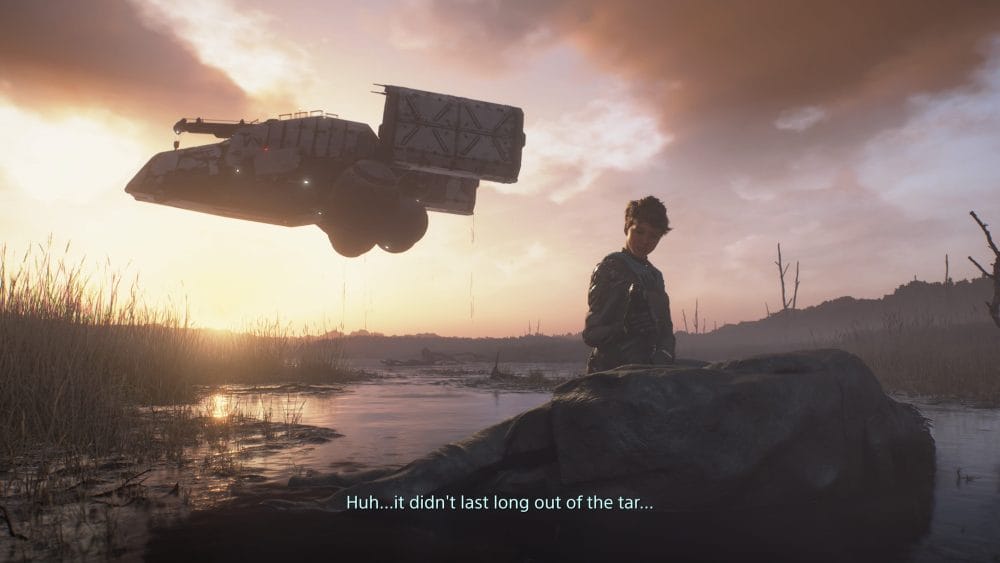
From that point onwards, the continent of Australia becomes the place where you’ll be spending most of your time. Still reeling from the attack, Sam and Drawbridge continue working to extend the chiral network, meeting new friends and enemies along the way. If you enjoyed the storytelling from the first game, you’ll feel right at home with DS2. Long cutscenes, slow information reveals, and powerful emotional payoffs are core to the experience.
Even without finishing the original, I felt nearly every big reveal hit hard because the game is so good at making you feel what Sam feels. The emotional depth between characters is a masterfully crafted tale of the human connection, with plot development that’s nothing short of beautiful in it’s execution. Whether you’re seeing familiar faces or meeting someone new, the performances and writing make every interaction count. Kojima once again proves his talent for balancing quiet personal moments with world-altering stakes as if they were almost meant to be side by side. Every scene – no matter how short or long – feels meaningful, and by the time it ends, Sam’s journey is one you won’t forget. This story is filled with both love and loss, often at the same time, and it’s easily one of the most emotionally impactful gaming experiences I’ve had in the past few years.
World: The Decima Engine at Full Blast
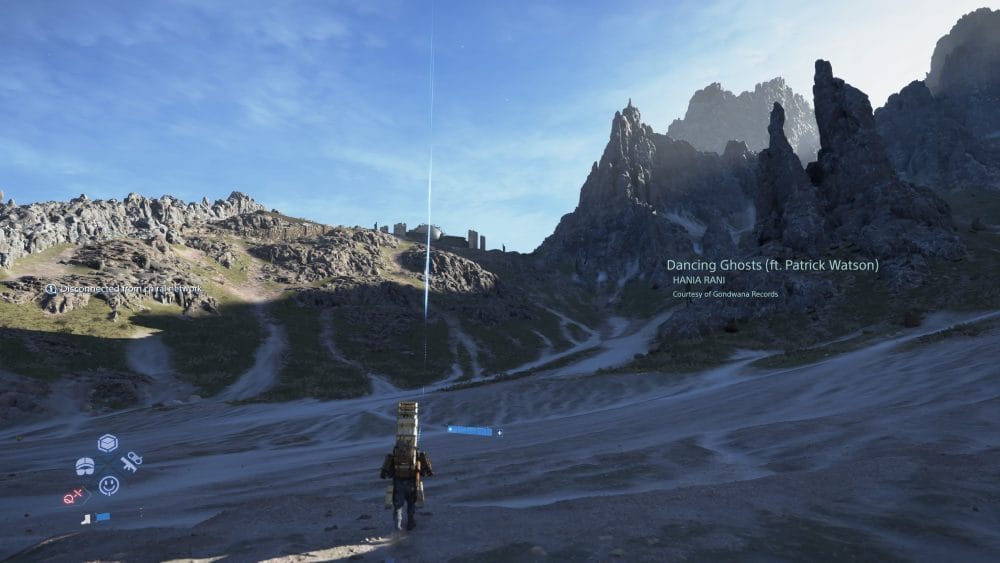
When it comes to the world itself, this may be one of the most visually breathtaking games ever made. From the moment you load in, you’re greeted with sprawling landscapes from rocky mountain ranges, to dry desert plateaus that feel like something out of a magazine. But once you make it to Australia, the Decima Engine really gets to shine. From blood-red sand dunes to lush forests and snow-covered peaks, the variety and beauty in the environments are stunning. Every biome feels like a living, breathing place with it’s own setting that is presented in a very eye pleasing way.
What makes this world so immersive is not just its beauty, but the way it supports player exploration and collaboration. You’ll build tools and structures to navigate difficult terrain – and benefit from those built by others thanks to the shared online infrastructure. Admittedly, I wasn’t totally sold during the early hours in Mexico, where the map feels more compact and linear but once you step into the open expanses of Australia, you’ll likely spend hours just driving through the wild, jamming to the game’s fantastic soundtrack and soaking in the all the landmarks scattered throughout the world.
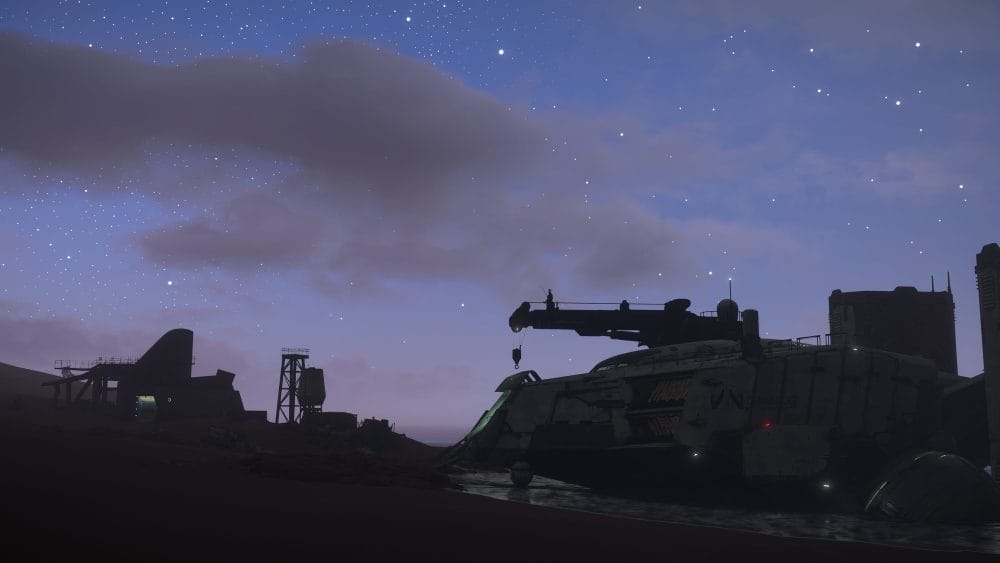
The beauty of the world extends beyond just the natural environments too. Manmade elements like player-placed roads, outposts, and the massive sanctuaries feel handcrafted and intentionally layered in a way that makes sense for the setting. There’s a real sense that the world is being slowly reclaimed by humanity and that you and the other players are playing a key role in that process. I usually default to performance mode in games for better frame rates, but Death Stranding 2 ran so smoothly and looked so good on default settings that I stuck with them the entire time. No frame drops, no stuttering, and zero technical issues. Graphically it’s one of the most polished titles I’ve played in years, and that’s not something I say lightly.
Gameplay: The Improved Life of a Ninja Porter
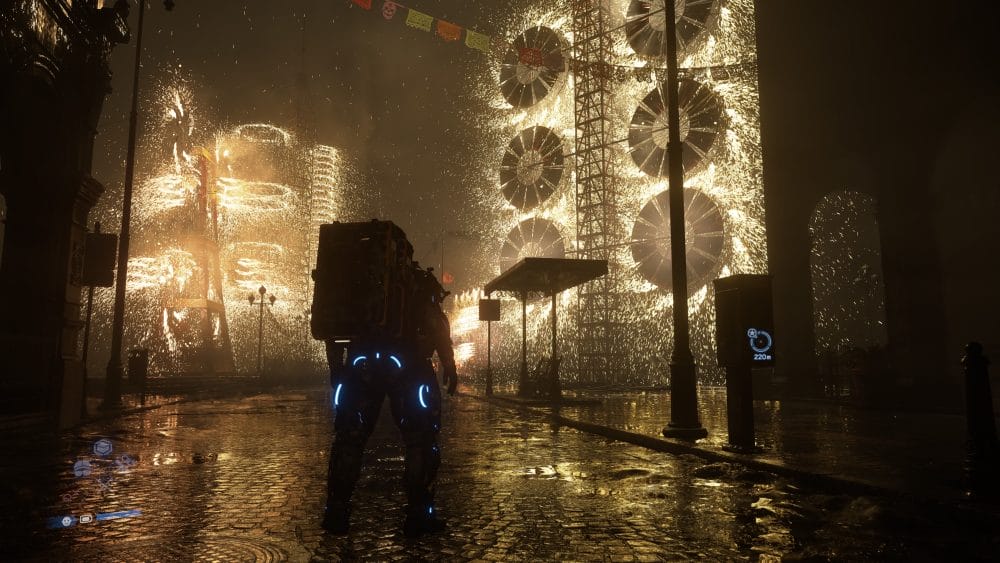
Now, this is where things might divide players. The gameplay loop still leans into the infamous “UPS simulator” vibe that made the original such a meme. And I’ll admit, the first few hours can feel slow. If you’re not patient, you might not make it out of Mexico but I’m here to say don’t let those early hours fool you. Once the game opens up, it becomes far more engaging. The core mechanics are still centered on traversal and deliveries, but the combat has been dramatically improved.
From run-ins with raiders to terrifying black goo monsters and otherworldly robots, the game throws a lot at you. The increased combat options give players a chance to get their hands dirty and break up the pacing. No, the delivery missions haven’t gone away, but there’s so much more to do in between. It makes it so the experience never feels stale. You’re constantly driving, climbing, fighting, or strategizing your way through the challenges the world throws at your from NPCs to the environments themselves. It’s a gameplay loop that rewards patience and curiosity.
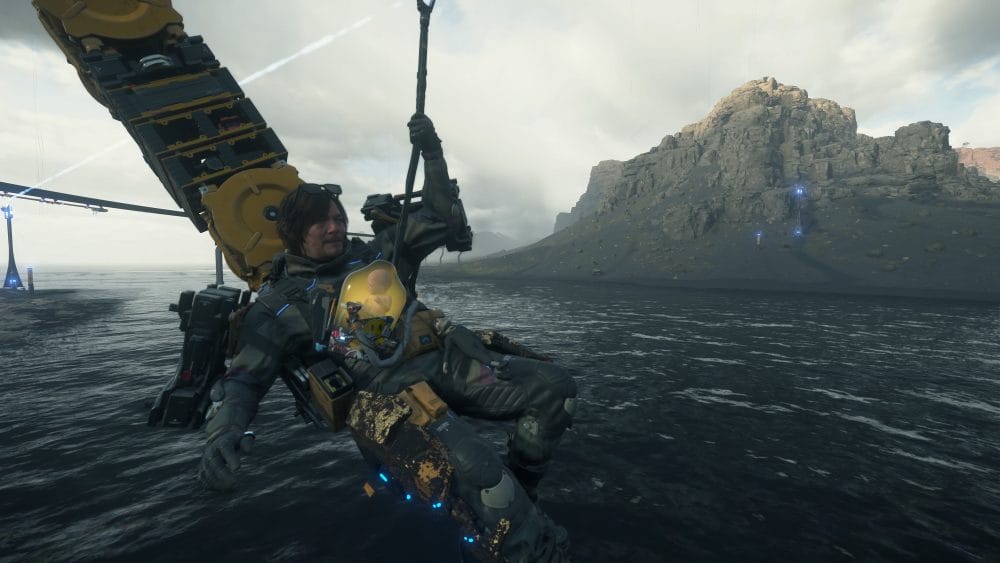
One of the biggest highlights for me was the boss encounters. They range from human adversaries to the massive, set-piece-style BT fights that feel larger than life. These battles aren’t overly difficult, but they are rewarding. They offer a welcome change of pace from the delivery segments and look absolutely incredible in both design and the mechanics they use. Some outlets have recommended skipping boss fights entirely but I completely disagree. They’re well designed, visually spectacular, and add a lot of flavor to the overall gameplay loop. Fighting them is part of what makes the journey feel epic.
Then there’s the community driven construction system, which still stands as one of the most fun and unique aspects of the game. As you progress, you’ll unlock more of the chiral network and when you do every bridge, generator, and ladder placed by other players appears in your world. This system turns a single-player game into something that feels collaborative. You’re not just surviving for yourself-you’re contributing to a wider network of players trying to tame the same wild terrain. That connection, both literal and emotional, is part of what makes Death Stranding so special.
Closing Thoughts: Kojima Does It Again
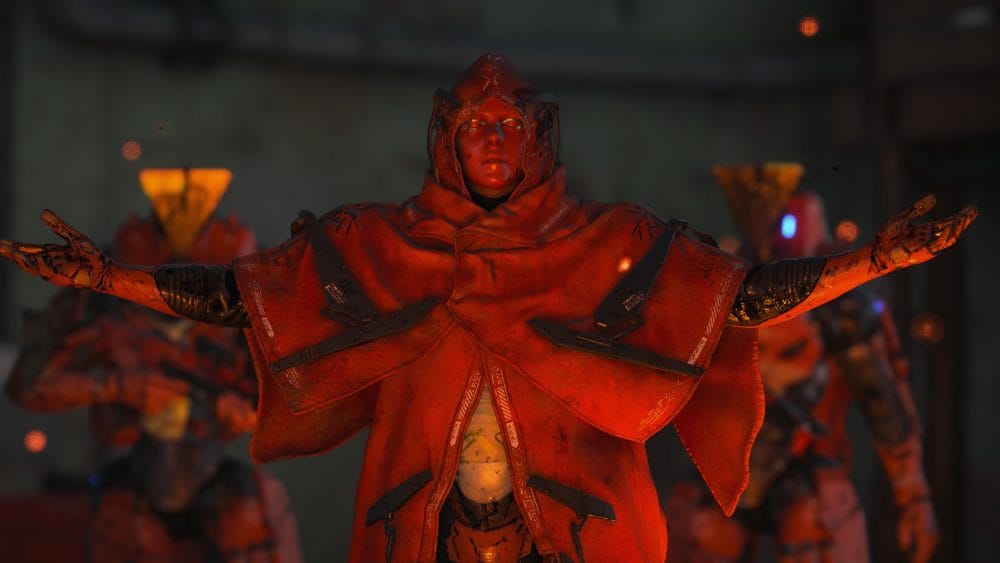
Death Stranding 2: On the Beach is a game that knows exactly what it wants to be and it delivers that vision with confidence. Its story is heartfelt, its world is stunning, and its gameplay loop is more engaging and refined than ever. While it still may not appeal to everyone, those who connect with it will find an experience unlike anything else out there. This is current-gen gaming at its finest – cinematic, ambitious, and deeply human. Kojima has once again cemented his place among the giants of game development, and Death Stranding 2: On The Beach stands as a bold, emotional, and unforgettable addition to his legacy.

Death Stranding 2: On the Beach was reviewed on PlayStation 5 and released on the 26th of June 2025.




